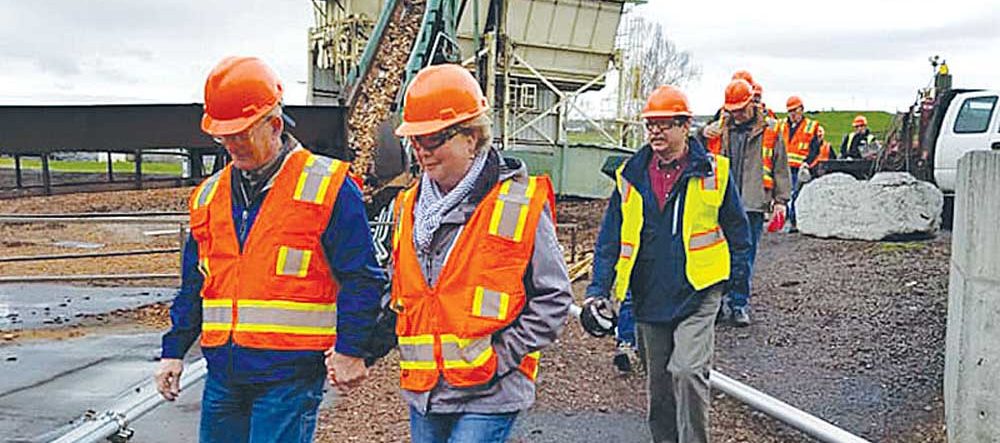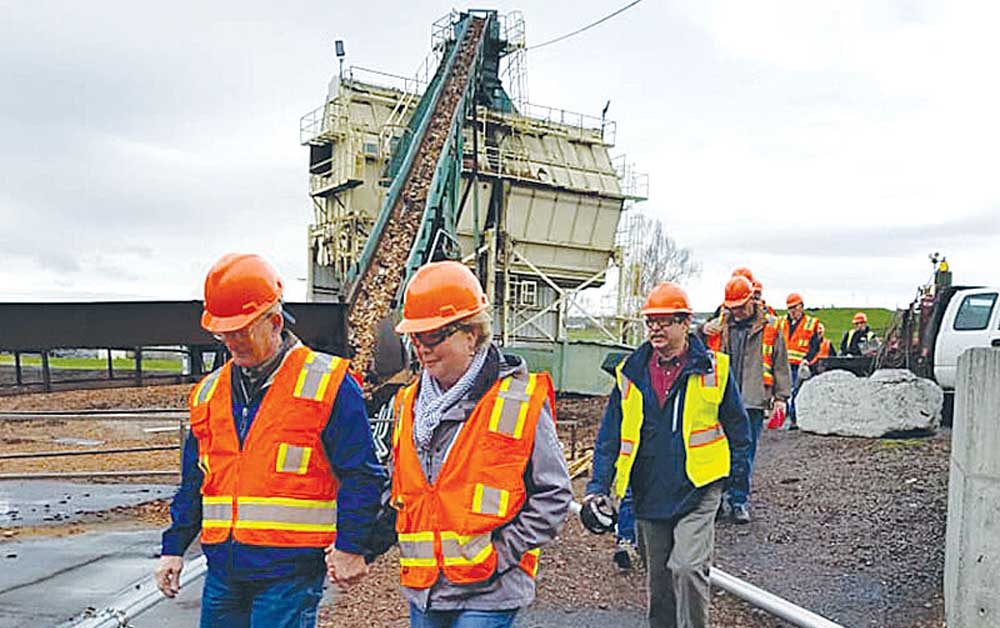Union County commissioners approve reopening plan
Published 5:45 pm Friday, May 1, 2020
LA GRANDE — The Union County Board of Commissioners took a step Friday toward getting Union County reopened in the wake of the COVID-19 crisis.
The commissioners voted during an emergency meeting to approve a reopening plan, which the county’s Incident Management Team prepared and now goes to the state. The board passed the plan, however, knowing the state will not grant approval. The plan does not conform to guidelines the state set earlier nor to new ones the state is formulating.
The county board will revise its plan next week after the state determines new guidelines, said Commissioner Donna Beverage, which could take a week.
The commissioners learned the state would make significant changes in its guidelines Friday afternoon during an online discussion with Gov. Kate Brown. The board then met at 3 p.m. to vote to approve the plan.
Commissioner Paul Anderes called it “an excellent plan” and complimented J.B. Brock, Union County emergency manger, and Carrie Brogoitti, public health administrator for the Center for Human Development Inc., for their efforts in leading the Incident Management Team to create the reopening plan.
Beverage said the plan will be useful as the county moves forward and makes changes to conform to the new guidelines from the governor’s office. The commissioners had thought the plan conformed to state guidelines when they scheduled Friday’s emergency meeting on Thursday because they did not realize new guidelines would be coming later.
Harney, Umatilla, Baker and Douglas counties also have submitted letters asking the governor for approval to reopen. Brown on Friday said she hopes some rural areas with few or no COVID-19 cases can start reopening for business and other activities as soon as May 15.
“Assuming these counties have these processes in place, that would enable us to safely and slowly begin the reopening process on May 15 for some counties — only if they meet all the criteria,” she said during a Friday morning press conference conducted by phone and video.
Brown also held video conferences Friday afternoon with county and hospital officials in Central and Eastern Oregon to talk about testing, contact tracing and isolating of people infected with the coronavirus.
Brown said criteria would be released soon for counties that have had more than five COVID-19 cases. All of Oregon’s urban counties and some rural counties are in that situation.
“We’re not going to be able to reopen Oregon quickly or in one fell swoop,” Brown said, adding that Oregonians will still need to maintain physical distancing, wear masks in public and follow proper hygiene to prevent spreading the coronavirus.
“I wish I could tell folks in Eastern Oregon that our lives are going to get back to normal. It is just going to be a different type of normal. And until we have a vaccine or we have medicine, we are going to have to be extremely careful regarding the virus.”
The Oregon Health Authority and Brown’s staff, working in consultation with advisory groups, have been drafting guidelines for how specific business sectors could reopen. As of Friday, medical, dental and veterinary facilities were allowed to resume regular procedures so long as they followed those rules.
Brown announced what she said was a thorough strategy to diagnose those who have COVID-19 and to determine places where the coronavirus might be hiding. She said testing should be available throughout Oregon for anyone who displays COVID-19 symptoms, as well as to people in nursing homes, farm worker housing, prisons, fishing boats and other group living situations where the disease was suspected.
Public health officials will trace who came in contact with infected individuals. Anyone who did so will be asked to self-quarantine at home for 14 days.
In addition, Oregon Health & Science University will launch a year-long statewide study in which 100,000 Oregonians are selected at random and asked to volunteer for daily monitoring. Invitations to volunteer will be mailed out the week of May 11. Brown called the program a game changer that will provide a “more accurate understanding of the true rate of infection in Oregon.”
OHSU President Dr. Danny Jacobs said the data would help Oregon manage through the pandemic until a vaccine is developed. But he cautioned, “If we move too quickly in resuming our pre-COVID-19 lives, we put ourselves at increased risk of a secondary or second wave of infection.”
Brown said the state would be ready to tighten restrictions if COVID-19 surged. Key metrics include the number of people going to hospital emergency departments for COVID-19 treatment, the average number of new cases and hospitalization rates.
The state’s major hospital systems — including Providence, Legacy, Kaiser, Asante, St. Charles and OHSU — have agreed that testing for the disease will be managed on a unified, statewide basis so every region has adequate resources. Brown said rural hospitals would be included.
Although the state has sufficient testing capacity overall, Oregon Health Authority documents show shortages in the central and southern Willamette Valley, along the central and southern coast, and in some of Eastern Oregon.
———
Dick Hughes for the Oregon Capital Bureau contributed to this report.









